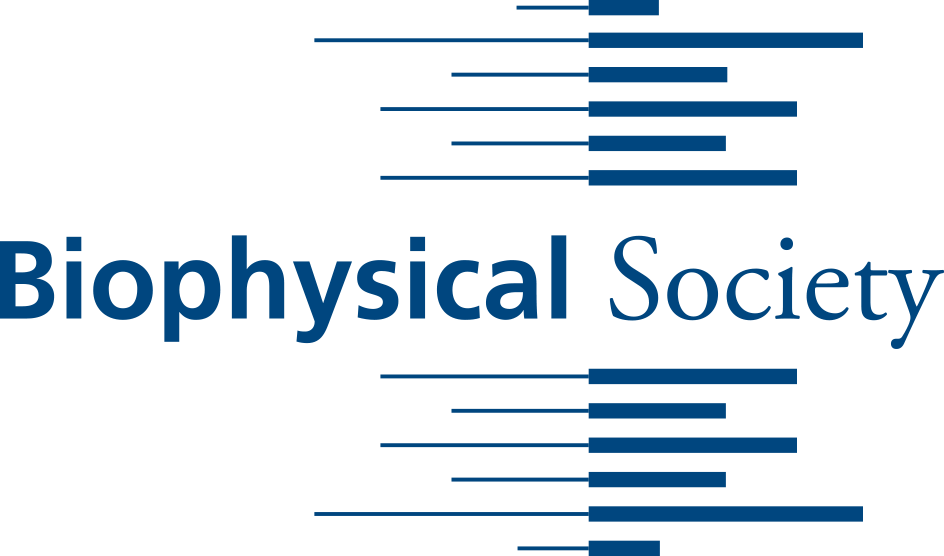Mechanism of Dengue Virus Entry into Cells
Biophysical SocietyDespite its heavy toll, the prevention and clinical treatment of dengue infection has been a "dramatic failure in public health compared to other infectious diseases like HIV," said Ping Liu of the University of North Carolina at Chapel Hill. Now, new research by Liu and her colleagues could offer vital insight into the mechanism of dengue virus entry into cells -- and aid vaccine and clinical drug development.
